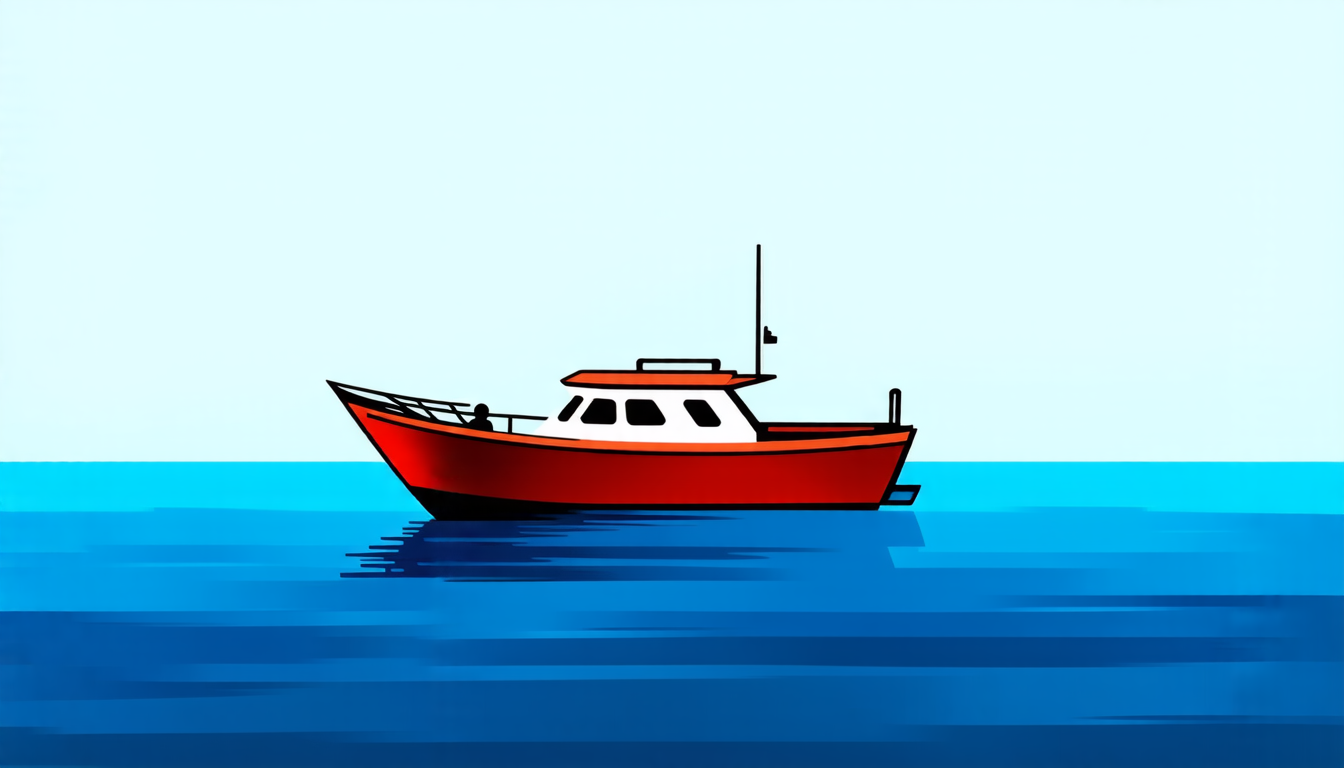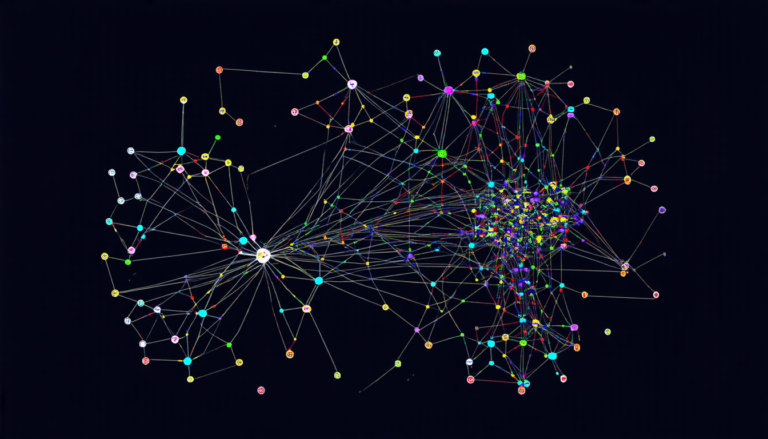Tuesday 09 September 2025
As we continue to rely on synthetic aperture radar (SAR) images for ship classification, researchers are working to improve the accuracy of these systems. One major challenge is that SAR data is often low-resolution, making it difficult to accurately identify and classify ships. To address this issue, a new study proposes a novel approach that combines image quality metrics with classification performance.
The traditional method of super-resolution (SR) focuses solely on enhancing image quality based on pixel-level metrics, leaving the relationship between SR fidelity and downstream classification performance largely unexplored. This raises an important question: can integrating classification objectives directly into the SR process further improve classification accuracy?
To answer this question, researchers developed a new algorithmic strategy that optimizes loss functions accounting for both image quality and classification performance. The approach not only improves image quality but also enhances classification accuracy.
The team used SAR images to test their method, which involved training a network with a combination of high-resolution ground truth labels and low-resolution input data. This allowed the network to learn patterns in both the low- and high-resolution domains, enabling it to generate high-quality SR images that accurately classified ships.
One key aspect of this approach is its ability to adapt to varying ship sizes and orientations. Traditional SR methods often struggle with these challenges, but the new method’s attention-based mechanism allows it to focus on specific regions of interest within the image.
The results show significant improvements in both image quality and classification accuracy compared to traditional SR methods. This suggests that integrating classification objectives into the SR process can lead to more accurate and robust ship classification systems.
The implications of this research are significant, particularly for applications such as maritime surveillance and environmental monitoring. Accurate ship classification is crucial for tracking vessel movement and detecting potential threats or anomalies.
This study demonstrates the potential benefits of combining image quality metrics with classification performance in SAR-based ship classification. As we continue to rely on these systems, researchers will likely explore further ways to improve their accuracy and effectiveness.
Cite this article: “Improving Ship Classification Accuracy through Image Quality Metrics and Classification Performance”, The Science Archive, 2025.
Synthetic Aperture Radar, Ship Classification, Image Quality Metrics, Super-Resolution, Classification Performance, Loss Functions, Attention-Based Mechanism, Maritime Surveillance, Environmental Monitoring, Sar Images.







